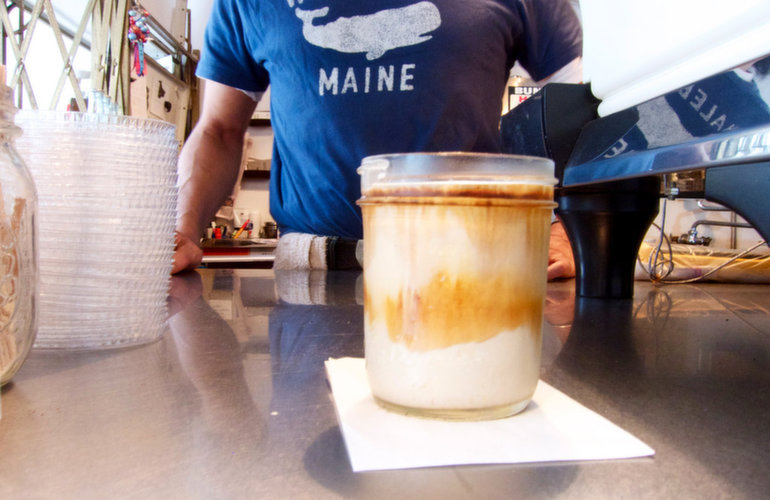A few weeks ago, Katsu from Bear Pond Espresso asked us what specialty coffee was. Katsu here is the owner of Tokyo’s Bear Pond Espresso, one of the pilgrimage sites for coffee lovers. We answered that specialty coffee is about appreciating coffee for its flavor and taste more than just its caffeine content. That was apparently not the correct answer and we got cut off pretty quickly. We eventually deduced that he believed that specialty coffee pushes the boundaries of conventional knowledge.
Neither of us can claim to fully comprehend the cutting-edge of the specialty coffee industry. It is developing in numerous ways: farming techniques are rapidly improving, better coffee cherry processing methods are being tested out, roasters have become more sophisticated and baristas are pushing the boundaries with drinks that depart from convention. Still, we stick by our early definition: specialty coffee is quality coffee that is enjoyed for flavor and not merely for its caffeine. That said, if you ask someone in the industry, the answer you’re going to get is that it’s the “top twenty percent of coffee in terms of quality.”

The development of coffee, particularly in the United States, can be said to be split into three movements, or waves. The First Wave refers to mass produced coffee. We’re talking the coffee you find in a tin in a pharmacy. Think Folgers or Nescafé. This evolved to become the Second Wave, which refers to a slightly more sophisticated type of coffee culture. The quality of coffee began to matter, and coffee was becoming more than a household commodity. Peet’s Coffee pioneered this new coffee movement, but the most well known player during this period was (and still is) Starbucks with its espresso-based drinks like lattes and Frappuccinos. These two waves of coffee set the stage for the Third Wave which revolves around the appreciation of coffee, which is really what we are concerned about. Coffee is no longer treated as a method of caffeine delivery nor is it treated as a vessel for cream and sugar, as it had been in much of the Second Wave (think Frappuccinos, loaded with caramel or chocolate). Instead, the focus is on the coffee itself. Let’s take wine as a comparison. The aficionado enjoys wine for its complexity, the underlying displays of artisanship and the terroir that might be expressed. Sure, you could drink wine for its alcoholic content, or mix it up with fruit juices to make Sangria. However, you just simply don’t do that to great wines.

Photo courtesy of the New York Times
We can translate these concepts for coffee. The Third Wave looks at coffee from the seed (what we call the coffee bean) to cup. Extra care is placed into ensuring that the best coffee is grown, which is incidentally correlated to closer working relationships with farmers. Roasters are more careful and the techniques of roasting are a little more complex. The degree of roast is now made to complement the coffee bean used, instead of the binaries of “dark” or “light”. And baristas make sure that the methods used to brewing the coffee do the coffee beans justice. We currently hear chatter related to how we are now in the Fourth Wave. The degree of transparency of the coffee supply chain is unparalleled, with a lot more direct relationships between roasters and farmers. There is also an added impetus to educate coffee drinkers about their coffees. Which is funny because that’s exactly what we are doing right here in this column. But for the moment, we will avoid wading into this debate. The world of coffee is idiosyncratic and wonderful enough as it is.

